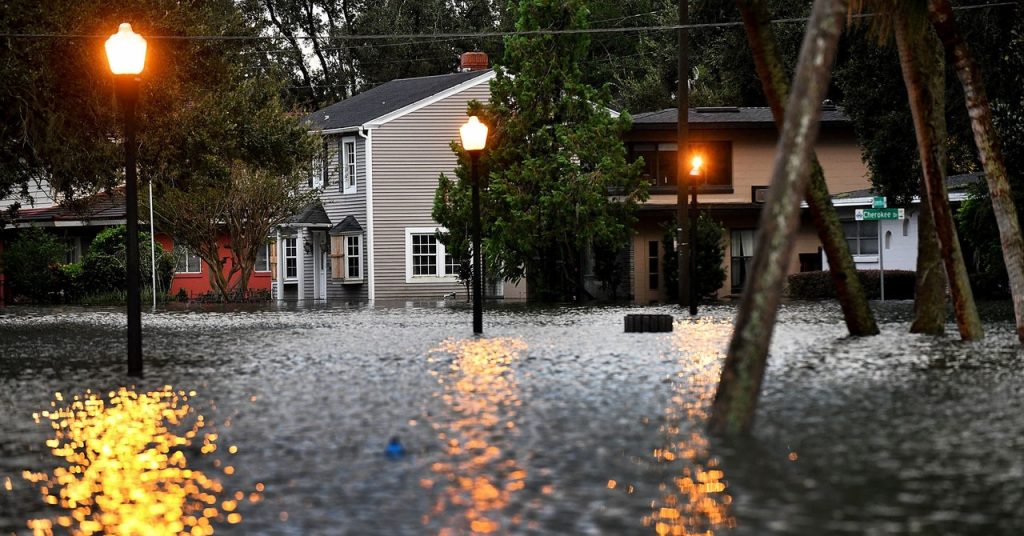Florida Homeowners Face Skyrocketing Insurance Rates and Dropped Policies
In September 2022, the Little Wekiva River in Florida swelled, inundating the homes of local residents and making streets impassable. The deluge was caused by Hurricane Ian, which moved slowly and violently over the state’s interior, dropping historic amounts of rain after coming ashore in southwest Florida as a category 4 hurricane.
For the Infinger family, the flood forced a hasty morning evacuation, displacing them for months as their home underwent massive repairs. More than a year later, the ordeal has left the family rattled, especially the younger children.
Florida Weathers Five Major Hurricanes in Seven Years
In the last seven years, Florida has weathered five major hurricanes, with Hurricane Idalia being the latest in 2023. While these disasters may have sharpened Floridians’ resolve to build back stronger and better, another crisis is causing some to rethink where they live and the rising risk as the global climate warms.

Homeowners Grapple with Soaring Insurance Rates and Dropped Policies
After Hurricane Ian, the Infinger family’s taxes and homeowners insurance jumped by $450 a month. This amount could be considered moderate in a state where annual home insurance rates in the five and six figures have not been unheard of in recent years. Many homeowners have received letters from their insurers informing them that their existing policies will not be renewed, leaving them scrambling from one policy to the next.
Across the country, homeowners are grappling with skyrocketing insurance rates and dropped policies, with those in states such as California, Florida, and Louisiana hit hardest. Growing evidence suggests the soaring costs only hint at the widespread unpriced risk facing homeowners as the warming climate leads to rising seas and more damaging hurricanes and wildfires.
Millions of Properties Affected by Insurance Problems
As many as 6.8 million properties nationwide have been affected by insurance problems, but that number represents a fraction of the 39 million homes and businesses vulnerable to flooding, hurricanes, and wildfires whose risk has not been priced into their policies, according to a recent study by the Natural Resources Defense Council (NRDC).
As long as the state of Florida is determined to keep people in the dark about the risks, they are reaping the seeds they have sown.
Rob Moore, director of the flooding solutions at NRDC, emphasizes the challenges in providing relocation assistance to those affected by climate-related disasters. Solutions become exponentially harder in a state determined to continue development in high-risk areas.
The Infinger Family’s Dilemma
For the Infinger family, their property along the Little Wekiva represents a rare spot of nature tucked away within the urban web of highways and subdivisions outside of Orlando. Despite the escalating insurance rates, they have the means to pay for now. However, as their children get older, the family is making plans to move farther outside of Orlando, closer to their parents, fearing that their beloved Little Wekiva will flood their low-lying home again in the future.
We already know it’s going to flood. It’s just a matter of time.

4 Comments
Skyrocketing insurance in danger zones? Someone tell climate change to foot the bill!
Living in paradise now comes with a premium, courtesy of climate change!
Climate change’s invoice is getting hefty, and homeowners are the ones signing the checks!
Sky-high insurance rates? Looks like Mother Nature’s sending us a pricey wake-up call!